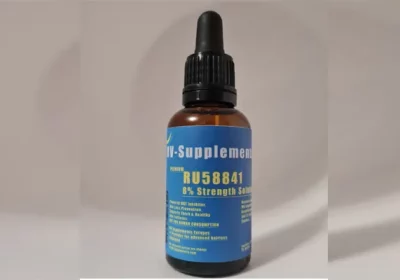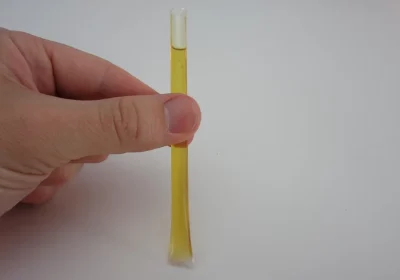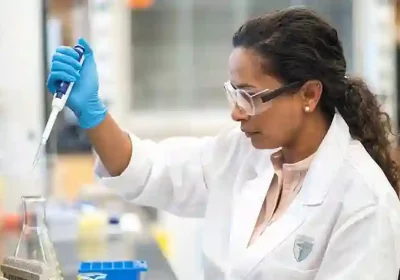The Many Uses Of Peptides
Peptides are short polymers of corrosive amino monomers connected by peptide bonds. They are recognized from proteins based on size, commonly containing under 50 monomer units. A peptide is shaped by joining at least two amino acids. Whenever the quantity of amino acids is not exactly around 50, these particles are named peptides in Bend, while bigger groupings are alluded to as proteins. The amino acids are coupled by a peptide bond, an extraordinary linkage in which the nitrogen iota of one corrosive amino tie to the carboxyl carbon particle.
Appropriate peptide dealing with and solubilization is the beginning of an effective bioassay undertaking. We accept this taking care of rule will assist you with dissolving your peptides appropriately. On CoA alongside every peptide conveyance, you may see reconstitution conditions we have utilized in the peptide refinement process – this is for your reference; you might disintegrate your peptide in an alternate dissolvable as indicated by your examination needs.
Peptides are available in each living cell and have an assortment of biochemical exercises. They show up as chemicals, chemicals, anti-toxins, receptors, etc. Peptide amalgamation is finished by coupling the carboxyl gathering or C-end of one amino corrosive to the amino group or N-end.
Peptides assume an essential part of basic physiological and biochemical elements of life. Throughout recent decades, peptide research has been developing as a field in science. They have, as of late, gotten unmistakable quality in atomic science because of multiple factors. The first is that they permit the production of antibodies in creatures without cleaning the protein of interest. This includes integrating antigenic peptides of the protein of interest; these are then used to make antibodies in a bunny or mouse against the protein. Another reason interest in peptides has developed as of late is that they have become instrumental in mass spectrometry, permitting the ID of proteins of interest given peptide masses and grouping; for this situation, they are most frequently produced by in-gel absorption after the electrophoretic partition of the proteins.
Peptides have, as of late, been utilized in the investigation of protein design and capacity. For instance, engineered peptides can be used to see where protein-peptide collaborations happen. Inhibitory are additionally used in clinical examination to examine their impacts on the hindrance of malignant growth proteins and different illnesses.
As interest in peptides has developed, so have procedures for assembling them and reading up on new applications. For instance, the library is a recently evolved procedure for protein related study. A library contains an extraordinary number of they that have an organized mix of amino acids; it gives an amazing asset to sedate plan, protein collaborations, and other biochemical and drug applications.
The interest in peptides will probably go on into what’s in store. The number of peptides entering clinical preliminaries will likely develop, and the utilization of peptides formed in carbs, antibodies and different proteins will probably be more constant. Peptides won’t just be utilized as the dynamic element of new medications yet as “addictions” to other drug specialists. Furthermore, the scope of clinical signs that peptides address will develop. Peptide-based substances will keep on tracking down business use. More than likely, peptides will track down expanded utilization to treat heftiness, metabolic disorders and Type 2 diabetes. Peptides will be utilized to address, as of now, side effects and diseases that can’t be treated with drugs.









